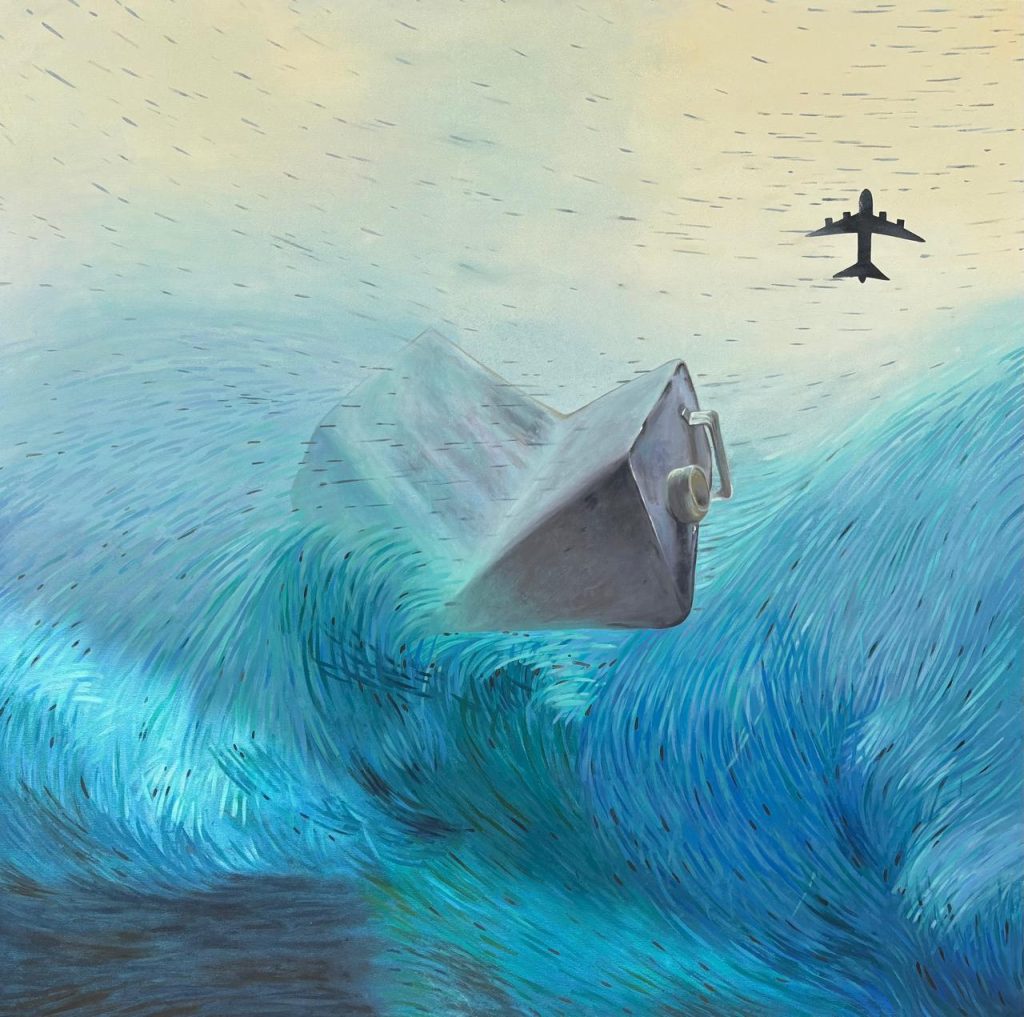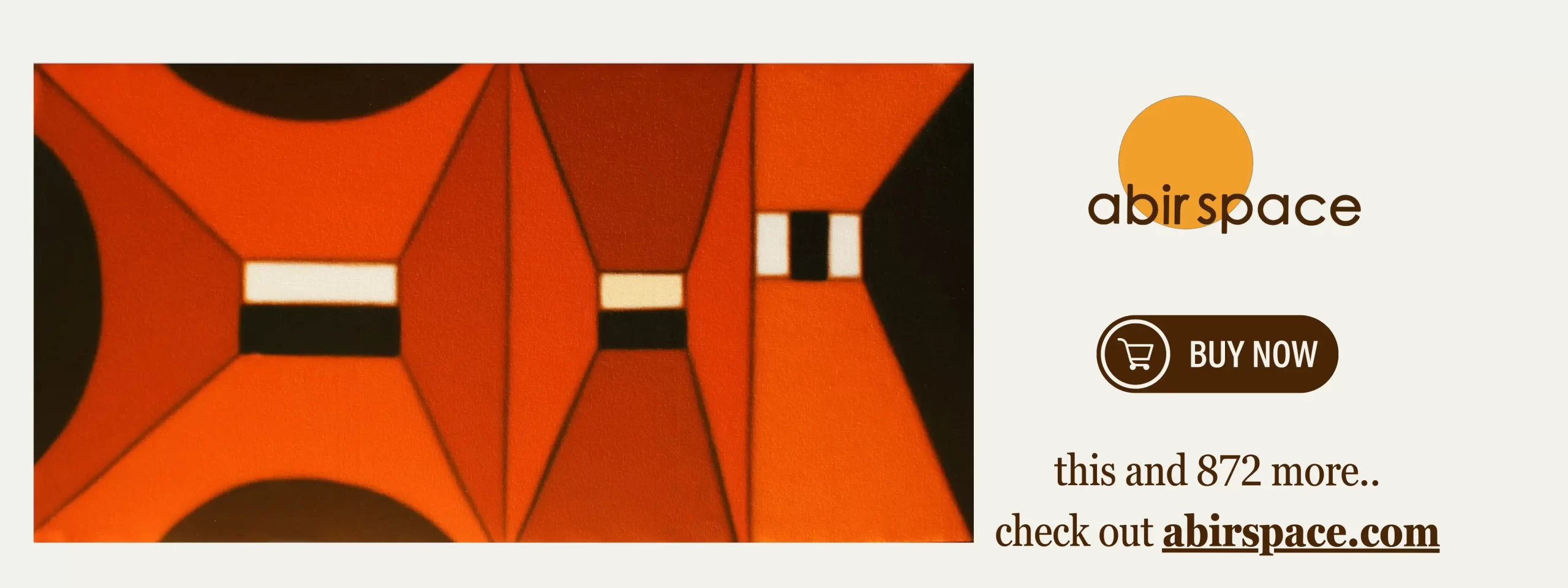The Visual Arts Gallery at India Habitat Centre is currently hosting Flux/Resonance, a group exhibition featuring ten prominent contemporary Indian artists, curated by Nalini Malaviya, a prominent Art consultant and curator.
Running through November 11, 2025, the exhibition brings together works by Biswa Basu, S. Kantha Reddy, Malay Saha, Naba kumar Chakrabarty, Nandesha Shantiprakash, Partho Chatterjee, Rathin Kanji, Shridhar Iyer, Sonali Bose, and Yusuf. The show presents paintings, mixed media works, and sculptures that collectively address contemporary anxieties around urbanization, technology, and environmental degradation.
Conceptual Framework
“The narrative of decay is a complex process involving degeneration and collapse, while simultaneously establishing the framework for the rejuvenation and re-emergence of newer constructs,” writes curator Nalini S Malaviya in her curatorial statement.
“The exhibition Flux/Resonance invites select contemporary artists from across the country to critically interrogate this premise. The continual flow, the iterations, the interplay of opposing forces, and the renewal that defines existence, form the thematic underpinnings for the artworks.”
The exhibition explores themes of transformation, incoherence, and conflict within urban environments, examining how lived experiences intersect with the proliferation of technology, media, and consumer culture.
Artistic Approaches
Malaviya notes that “within the membranes of high entropic states, there are embedded layers of intricacies, chaos, aspirations and emotions.” The participating artists engage with these complexities through varied approaches. A notable curatorial choice is “the deliberate absence of human figures in the artworks,” which Malaviya describes as “a compelling allusion to their complicity.”
Biswa Basu employs abstraction to portray societal disorder and emotional disconnection, using what the curator describes as “planar and spatial alchemy” interspersed with sparse text. S. Kantha Reddy’s sculptural practice locates traditional Indian motifs within contemporary aesthetics, drawing from mythology and everyday encounters.
Malay Saha’s work reflects influences from Indian miniature painting as well as African and Australian Aboriginal art, examining urban spatial dynamics. Naba kumar Chakrabarty addresses technological dependence through digital symbols and motifs, while Nandesha Shanti Prakash critiques social and political attitudes shaped by technology and propaganda.
Partho Chatterjee translates urban lighting experiences into geometric compositions, creating what Malaviya describes as “layered, reflective meditative spaces.” Rathin Kanji integrates mass-media artifacts to critique global capitalism’s influence on urban identity.
Shridhar Iyer’s gestural paintings explore cosmic forces and life’s cyclical nature with dramatic intensity. Sonali Bose’s mixed media works examine the paradox of digital intimacy versus emotional isolation, while Yusuf creates minimal, luminous works that reference psychological landscapes and impermanence.
“The exhibition offers insights into the varied visual expressions addressing contemporary concerns, which stem from a conceptual stance,” Malaviya concludes. “The works represent the paradoxes, impermanence and complexities that define life, living and existence amidst the chaos and interludes marked by resonance.”
Flux/Resonance continues through November 11, 2025, at the Visual Arts Gallery, India Habitat Centre, New Delhi, with daily viewing hours from 11 AM to 7 PM.
Reference: Exhibition press release and curatorial statement by Nalini S Malaviya for Flux/Resonance, Visual Arts Gallery, India Habitat Centre, New Delhi, November 7-11, 2025.
Cover Image: Art work by Nandesha Shanti Prakash

Athmaja Biju is the Editor at Abir Pothi. She is a Translator and Writer working on Visual Culture.





